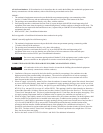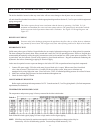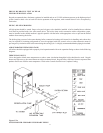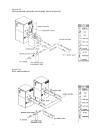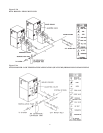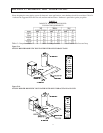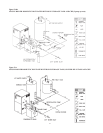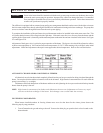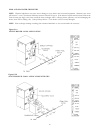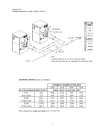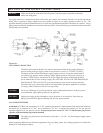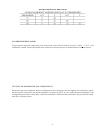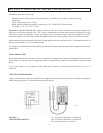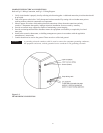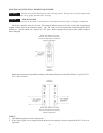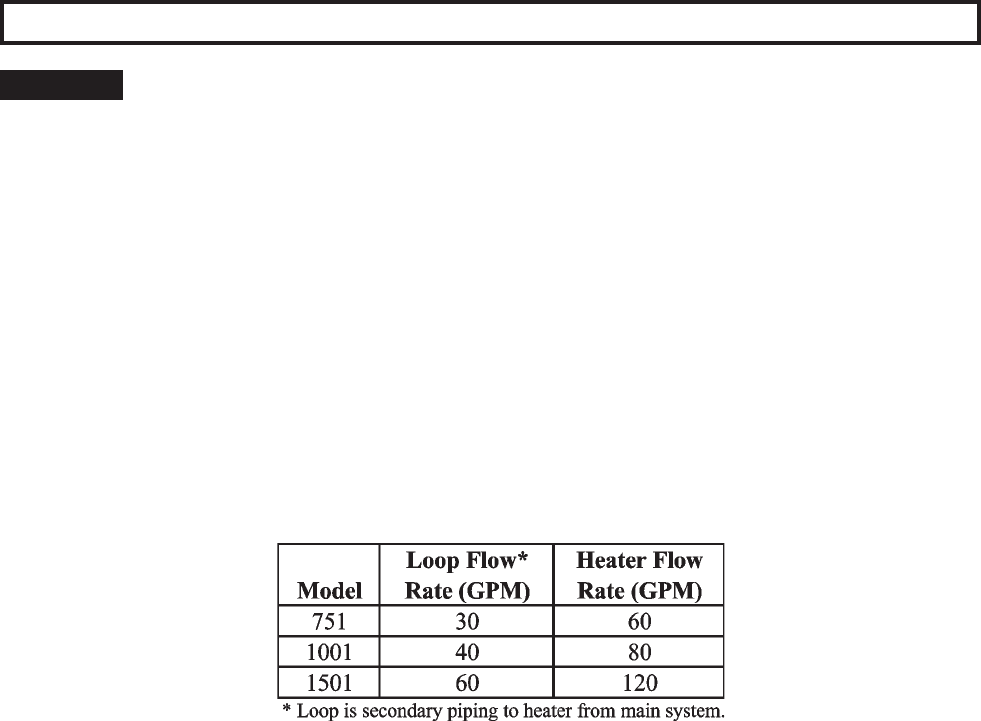
19
SECTION G: POOL HEATING
CAUTION: Power to the heater should be interlocked with the main system pump to make sure the heater does not fire
without the main system pump in operation. Improper flow control can damage the heater. Uncontrolled
flow (too high) or restricted flow (too low) can seriously affect heater operation. Follow these instructions
to make sure your heater is properly installed.
The ADB unit is equipped with an external pump and bypass arrangement that blends outlet water with the inlet to increase
the inlet water temperature, thereby reducing the likelihood of condensation forming on the heat exchanger. The pump also
serves to circulate water through the heater form the main system piping.
To complete the installation of the pool heater, the pool thermostat needs to be installed in the main return water line. This
will insure that the heater will be energized at the right time. If the main water line is too far away from the heater and the
capillary bulb will not reach it, locate the pool thermostat adjacent to the main line and run wires back to the heater. See Figure
G1-a and Figure G2-b.
Adjustment of the bypass valve is critical to proper operation of the heater. The bypass valve should be adjusted to achieve
an inlet water temperature of 100°F and an outlet water temperature of 120°F. When starting with a cold pool, make initial
adjustments. Make final adjustments when pool water approaches desired temperature. Refer to flow rate chart below:
AUTOMATIC CHLORINATORS AND CHEMICAL FEEDERS
All chemicals must be introduced and completely diluted into the pool or spa water before being circulated through the
heater. Do not place chlorine tablets or bromine sticks in the skimmer. High chemical concentrations will result when the
pump is not running (i.e. overnight).
Chlorinators must feed downstream of the heater and have an anti-siphoning device to prevent chemical backup into the
heater when the pump is shut off.
NOTE: High chemical concentrates from feeders and chlorinators that are out of adjustment will cause very rapid
corrosion to the heat exchanger in the heater. Such damage is not covered under the warranty.
WINTERIZING YOUR HEATER
When heaters installed outdoors in freezing climate areas are to be shut down for the winter, please observe the
following step-by-step procedure:
1. Turn off manual main gas and main gas shut off. Remove the drain plug or open the drain valves located on the
bottom header.



